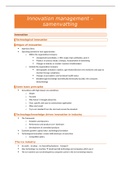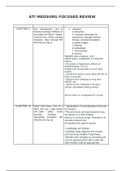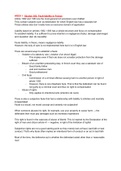Samenvatting
Complete Samenvatting lessen Innovatiemanagement (2022)
- Instelling
- Universiteit Gent (UGent)
Dit document omvat een volledige samenvatting van de lessen Innovatiemanagement gegeven door Jan Demolder . Voor biomedische masterstudenten aan de UGent. Academiejaar 2022.
[Meer zien]








